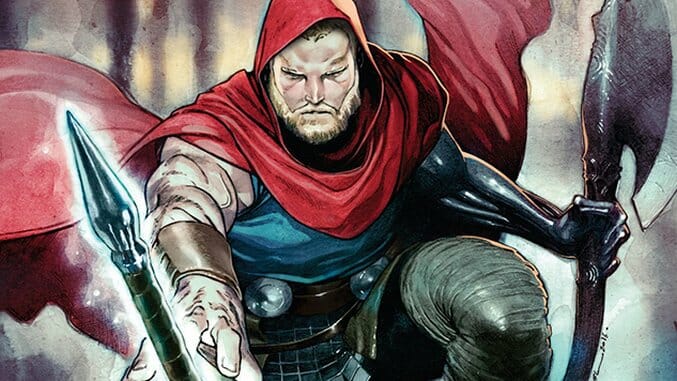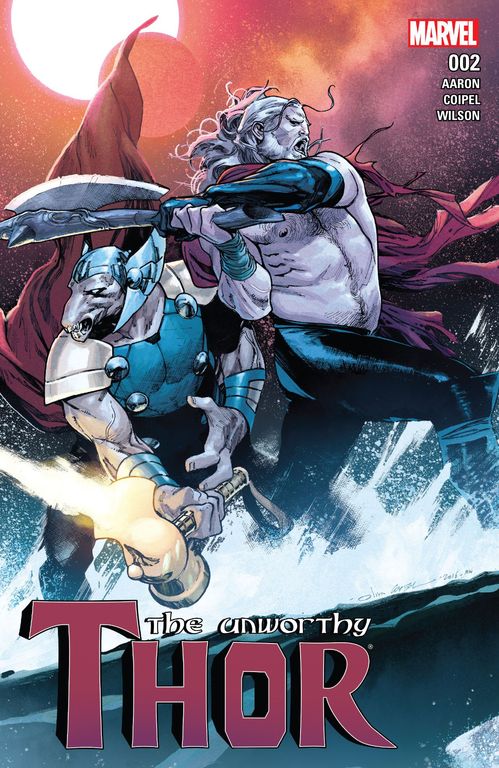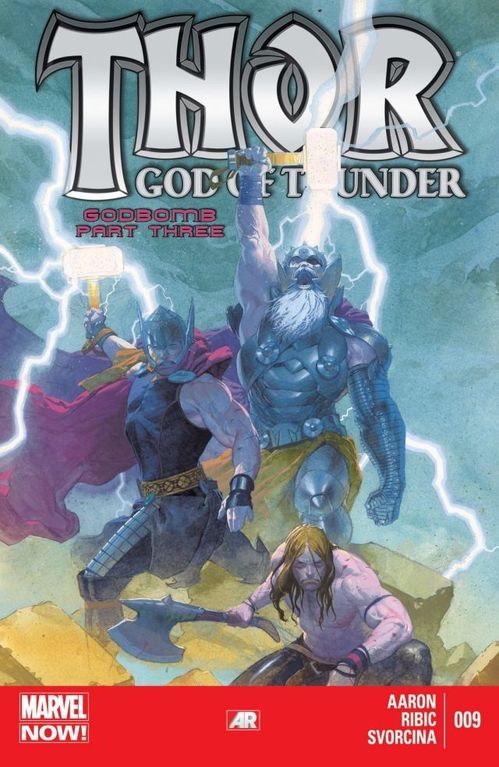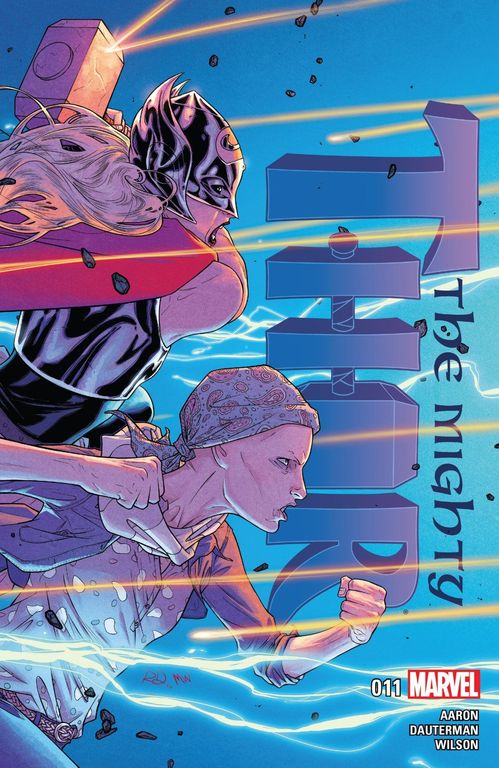With Unworthy Thor, Jason Aaron Expands Potentially the Best Thor Run Ever
Cover Art by Olivier Coipel
“What’s the best Thor run?” used to have an easy answer, or rather two easy answers: Stan Lee and Jack Kirby did more than create Marvel’s version of the Norwegian thunder god in the ‘60s—they crafted a sprawling cosmic epic that was at times even more creative than their Fantastic Four run. Then in the 1980s, a long creative drought ended when Walt Simonson brought a cosmic scale and sense of humor back to the title, along with his gorgeous, dynamic art.

Unworthy Thor #2 Cover Art by Olivier Coipel
But these untouchable runs are in touching distance, thanks to Jason Aaron and a string of talented artists. Since taking over the Odinson in 2012, Aaron has been crafting a multidimensional, multi-Thor saga that’s more ambitious and fun than anything else Marvel’s been putting out in the same time frame, or maybe any time frame. With the promising debut of The Unworthy Thor—whose second issue releases tomorrow and features the titular character’s quest for redemption and maybe another hammer—Aaron might have a legit claim to the best Thor run ever, building on his other two series, Thor: God of Thunder and The Mighty Thor.
From the beginning of this run, and long before former love interest Jane Foster hoisted the devastating hammer Mjolnir in the Mighty variant, Aaron has been all about Thors, plural. Embracing multiple versions of a character is all the rage these days, but most are pulled from the multiverse—a branching group of parallel realities. Aaron, by writing Thors from several ages, has made the thunder god’s immortality feel important. In the epic “God Butcher/God Bomb” stories that kicked off Aaron’s tenure run in Thor: God of Thunder, he and artist Esad Ribic tell the story across three time periods: young doofus Thor, familiar Avengers-era Thor and old King Thor, ruler of Asgard and Odin lookalike. Aaron’s Thors give the story psychological heft, showing that the character, just like a mere mortal, never gets over his daddy issues and ego. Through the preposterousness of immortality, Aaron makes Thor feel more real than ever.

Thor: God of Thunder #9 Cover Art by Esad Ribic
Along the way, Aaron and a murderer’s row of artists have explored everything that makes him (and later, her) a great character. The nature of godhood—and whether gods deserve to exist at all—remains a constant question. Thor’s personal limitations are on display throughout, but so is his heroism, and not just through smiting giants and trolls. In one issue, Thor brings a rare food from across the universe to a death-row prisoner, showing a super-heroic kindness that recalls Morrison and Quitely’s All-Star Superman. Aaron’s sense of humor is also spot-on. Just as he leavened original series Scalped and Southern Bastards with dark humor, Aaron makes the reader laugh several times an issue, often at Thor’s boozing. Each issue, much like the whole run, is a complete meal.
The author’s run has the feel of a creator-owned book, and it might as well be since there’s little reference to the rest of the Marvel Universe. Aaron has either been lucky or protective of his time with the character, as the ongoing hasn’t gotten mixed up in any crossovers, unless you count a Thors series that tied into Secret Wars and can be safely skipped (though it’s not bad), and that whisper from Nick Fury in the miniseries Original Sin that caused the Odinson to lose his worthiness, godhood and pet hammer. Like other recent Marvel classics Hawkeye, Silver Surfer and The Vision, Aaron’s Thor has stood alone and benefitted from that isolation tremendously.

